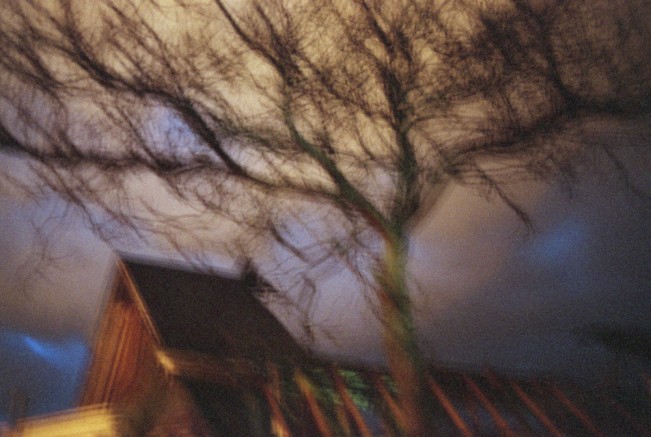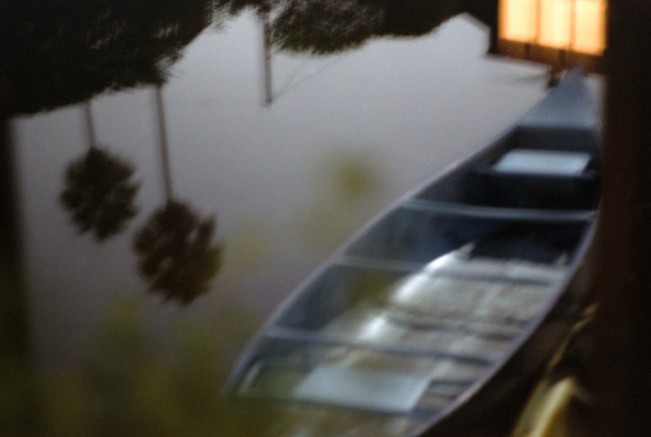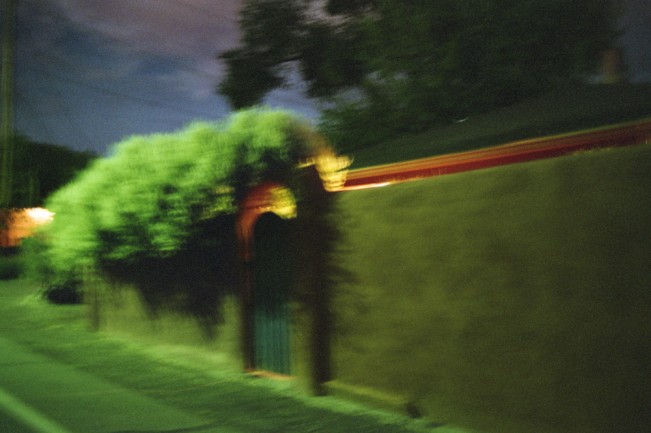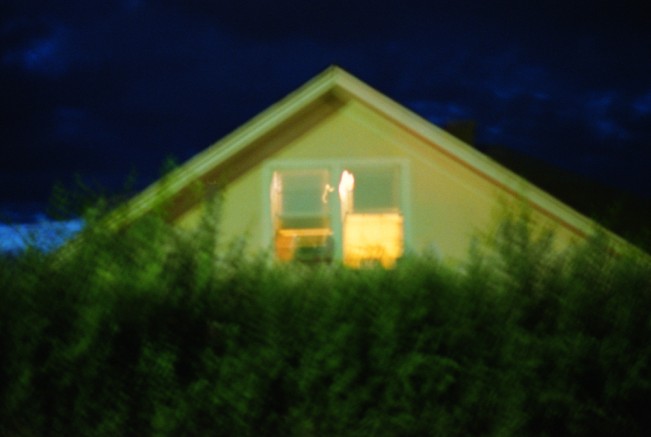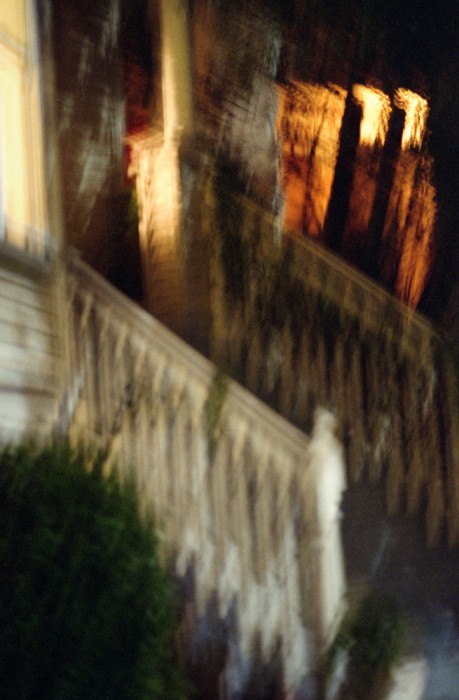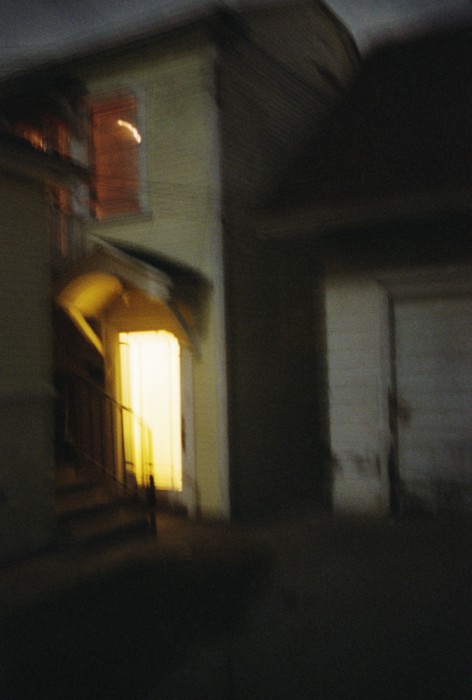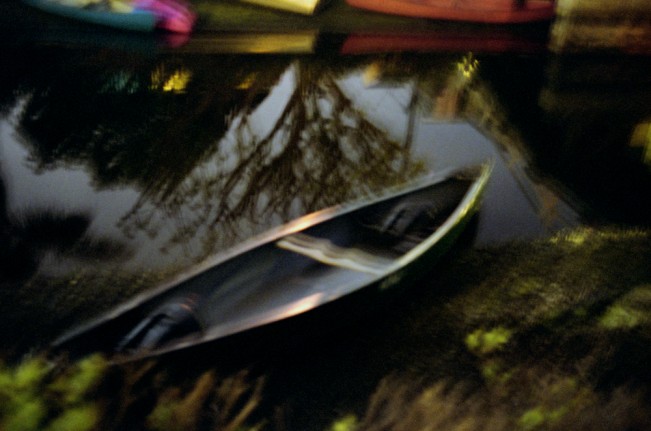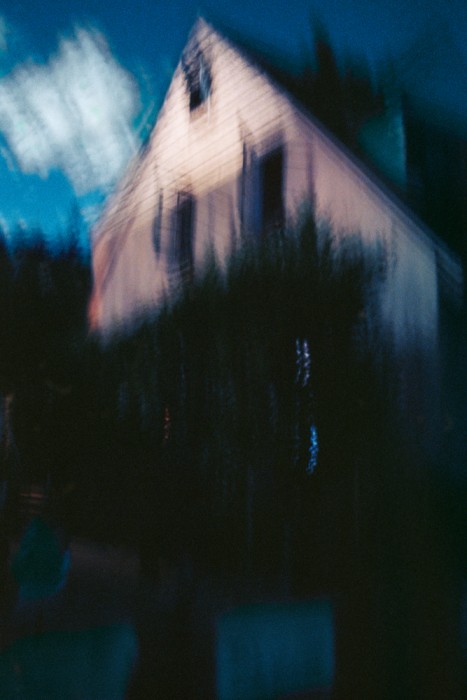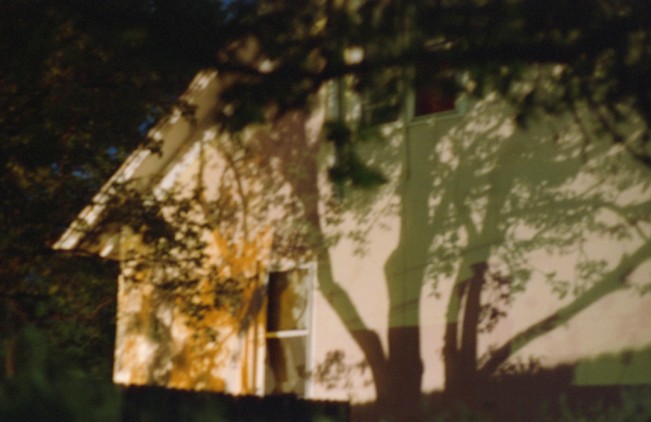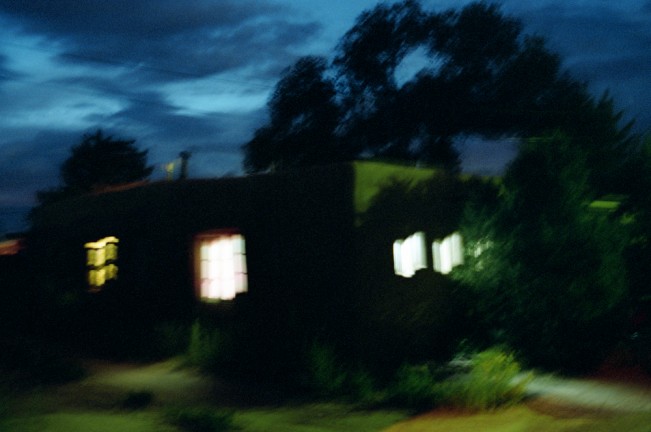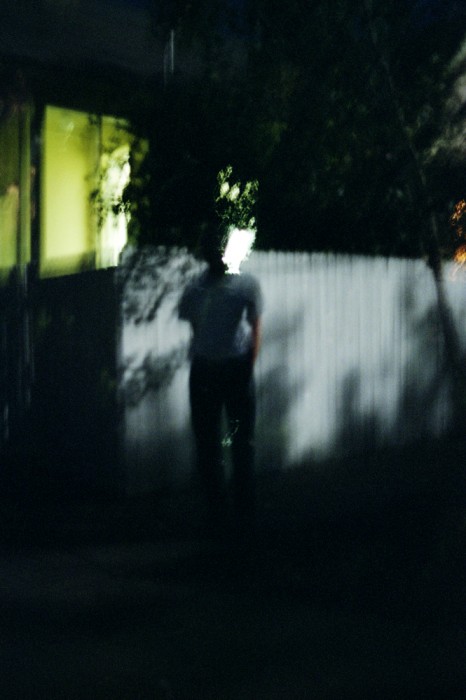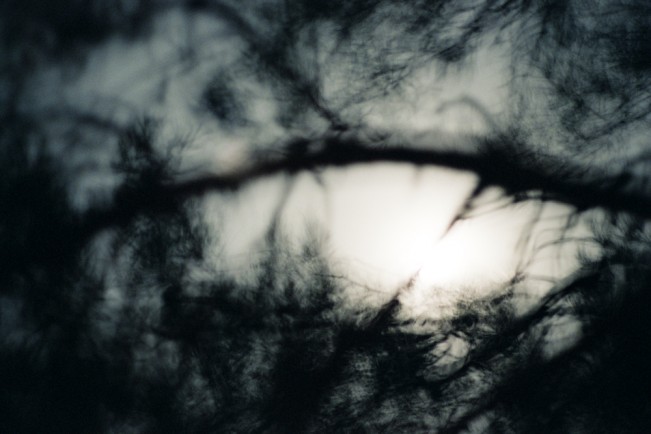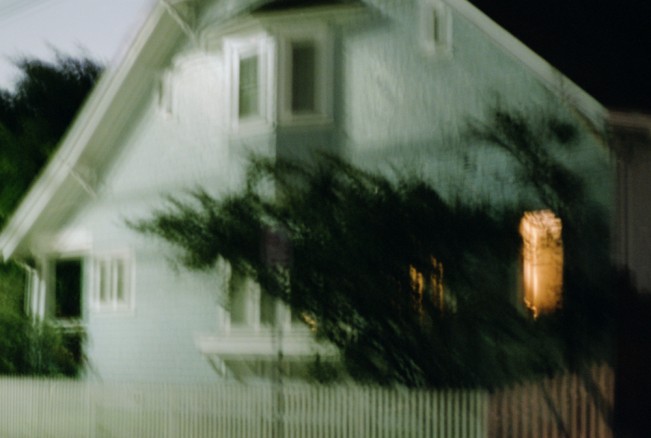J.K. Lavin: Mapping the History of the Moon
J.K. Lavin just opened the exhibition, Mapping the History of the Moon, at Spot Photo Works in Hollywood, CA. The exhibition runs through September 10th, 2015. Her film-based project is captured once a month with ambient light during the full moon resulting in photographs that are at once mysterious, gestural, and glowing with a luminosity in a way that only a camera can capture. She begins shooting late at night when the world is silent and concealed. “That sense of night and timelessness allows me to experience a world where I feel most at home, where in the stillness I can sense my mortality. I instinctively create the photographs that reflect what remains of the day after dark, the essence of light and life distilled into color, gestures, and liminal moments of memory and time.” This ritual has produced three bodies of work: Mapping the History of the Moon, Fingerprints of the Moon and Traces of the Lost Canals.
Ever since taking an introductory art photography class at the University of Minnesota with Nicholas Dean, J. K. Lavin has been fascinated by the magic of the photographic process. This fascination led her to St. Louis, Mo; Center of the Eye in Aspen, CO; The Visual Studies Workshop in Rochester, NY and on to Los Angeles where she completed an MA program in photography at California State University at Fullerton. After graduating, she began working and exhibiting as a neon artist before returning to photography.
For J. K. Lavin, photography is the interaction of light and time, creating something more than what is seen looking through the viewfinder. Her most recent project involves photographing at night with ambient light during the full moon using a hand-held analog camera and long, random exposures.
Mapping the History of the Moon is a project that explores memory, time, and those unseen hours that happen after dark. It began the last night I spent in the house that I had known since childhood. After my parents passed away, I was left with the difficult task of quickly dismantling a house filled with memories and personal artifacts. I only had a few hours until the place that defined home would belong to someone else, and I was struck by the transitory nature of material possessions and how a life lived is summed up by small memories—memories that were packed in boxes that might never be revisited.
Leaving the house in the middle of the night, I stepped into the tree-filled garden transformed by the ethereal light of a full moon. It was a house that I had escaped from, held my secrets, and even though I had never felt as if I belonged in that house or belonged anywhere for that matter, I knew that I would never be able to return.
Camera in hand I was drawn into the garden. Using long, random exposures, I began to photograph this darkened and mysterious landscape as if instinctually wanting to embody the way in which this liminal space defied the certainties of measurable time. The moon defined the spaces that were important and revealed a way to hold memories in a new incarnation. Here is where I felt I belonged.
Since that night, photographing during the full moon has become my ritual, my measurement of time and place. Each full moon invokes for me the memory of that long ago moonlit night. It has become the time and place that establishes a constant that I now call home.
Posts on Lenscratch may not be reproduced without the permission of the Lenscratch staff and the photographer.
Recommended
-
Salua Ares: Absense as FormNovember 29th, 2025
-
Ricardo Miguel Hernández: When the memory turns to dust and Beyond PainNovember 28th, 2025
-
Pamela Landau Connolly: Columbus DriveNovember 26th, 2025
-
KELIY ANDERSON-STALEY: Wilderness No longer at the Edge of ThingsNovember 19th, 2025
-
Jackie Mulder: Thought TrailsNovember 18th, 2025


